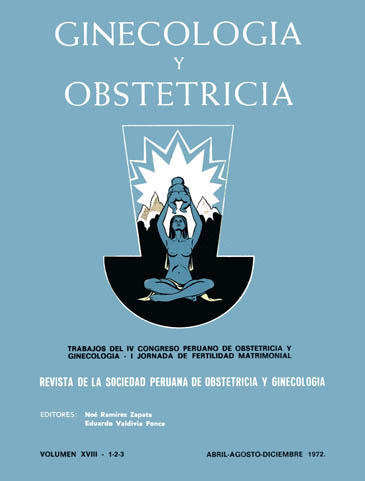Considerations surgical treatment of SUI
DOI:
https://doi.org/10.31403/rpgo.v18i1467Abstract
The experience allows us to advise the most appropriate surgical procedure in case of IOE; to this end we propose the following classification: 1. IOE accompanied by urethrocele or cyst-urethrocele, the most frequent cases. 2. I.O.E. as a result of surgical or obstetric trauma, without uretrocele nor cysto-urethrocele. 3. I.O.E. accompanied by vaginal prolapse. 4. I.O.E. accompanied by uterine tumor pathology or annexes. 5. I.O.E. in patients who previously he underwent total hysterectomy or subtotal. 6. I.O.E. in nulliparous patients. In Group No. 1, I.O.E. mild, the behavior is the simple folding pubo-vesico-cervical fascia excellent results. If I.O.E. severe, we prefer the combined processes (Techniques Goebell - Stoeckel or Marshall-Marchetti). In the No. 2 Group, we mobilize the urethra vaginal and cure ends with combined intervention. In Group No. 3 treat prolapse with fascia plication or we proceed to vaginal hysterectomy technique Campbell modified fascia plication. In Group No. 4 we correct the l.O.E. by high road with Goebell-Stoeckel technique successfully modified. If the patient has also cisto-urethrocele, we correct it. Group N ° 5, the combined techniques give good results. At No. 6 Group; in mild cases with good results are obtained plication. In severe cases we prefer Goebell-Stoeckel technique modified or Marshall-Marchetti.Downloads
Download data is not yet available.
Downloads
Published
2015-07-22
How to Cite
Bedoya Hevia, M. (2015). Considerations surgical treatment of SUI. The Peruvian Journal of Gynecology and Obstetrics, 18(1-2-3), 119–122. https://doi.org/10.31403/rpgo.v18i1467
Issue
Section
Congreso
















